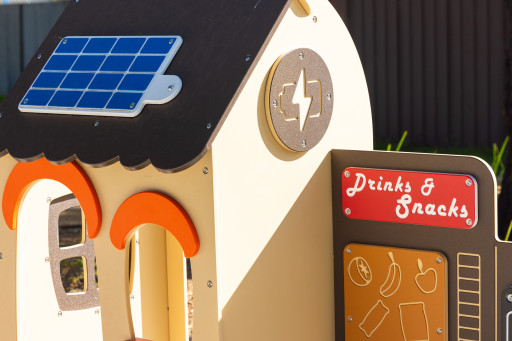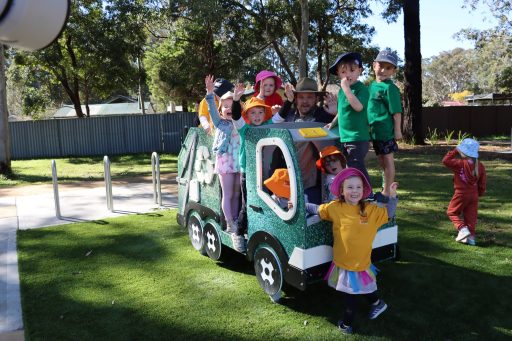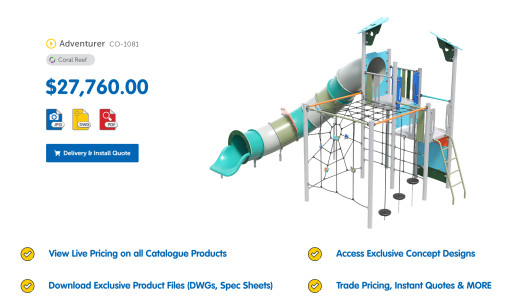Moduplay’s 6 Secrets to Successful Nature Play Areas
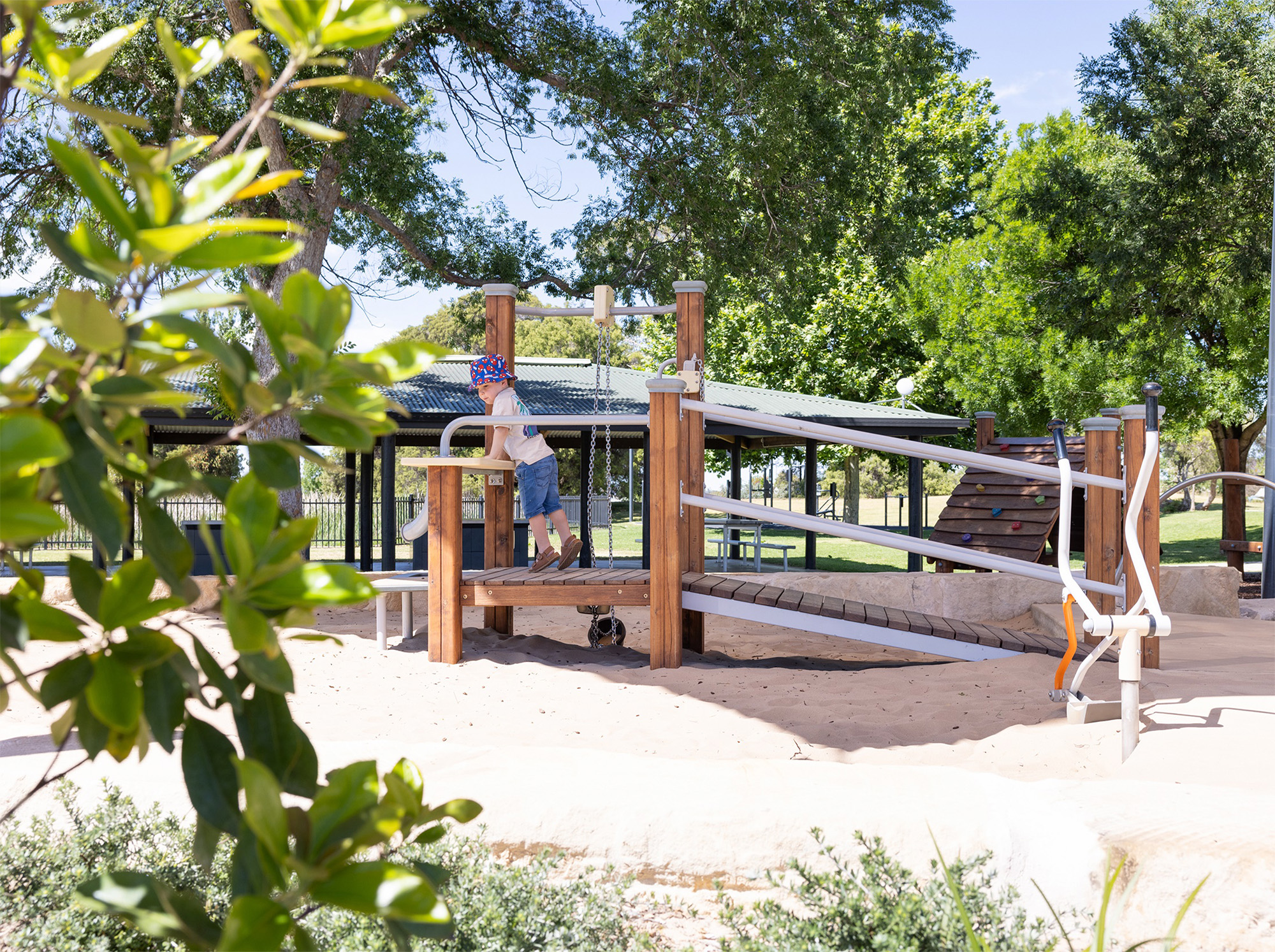
Share post
Nature play has become one of the most important movements in playground design. Families, schools, and communities now recognise the value of giving children access to natural outdoor play spaces where they can explore, imagine, and challenge themselves.
At Moduplay, we’ve seen the enthusiasm for nature play grow year after year. Unlike earlier attempts that often fell short, today’s nature playgrounds are planned with durability, inclusivity, and long-term community benefit in mind. With decades of experience, we’ve identified six secrets that make these projects thrive.
Why Nature Play Matters More Than Ever
Children today spend less time outdoors than any generation before. Hours once spent climbing trees or exploring creeks are now often replaced by screen time. Structured schedules, academic pressures, and limited access to green spaces also reduce opportunities for unstructured outdoor play. This shift has made nature play playground design a critical priority for schools, councils, and communities that want to support children’s long-term wellbeing.
Physical Development
Natural outdoor play spaces provide physical challenges that standard playgrounds often cannot. Balancing on uneven logs strengthens core stability, climbing boulders develops upper body strength, and running along winding trails improves coordination and stamina. Uneven surfaces force children to adapt their movements, helping them build balance and agility in ways a flat path never achieves. The variety of textures — from bark to sand — adds another layer of physical engagement.
Social Connection
Nature playgrounds support cooperative play in ways that artificial environments often cannot. Children collaborate to construct dens from sticks, share water channels, or invent imaginative storylines with rocks and logs as props. These shared experiences nurture teamwork, empathy, and communication. Because nature play offers many types of activity, children with different temperaments and abilities find ways to participate together.
A Renewed Approach
Past attempts at nature-inspired play often faded because they were treated as one-off experiments. Some relied too heavily on raw natural materials that deteriorated quickly, while others lacked clear plans for upkeep. As Moduplay outlined in Nature-Inspired Play: Why It’s Different This Time, today’s projects take a more sustainable approach. Designers now focus on durable materials, consistent maintenance, and careful integration of manufactured features with natural ones. This shift has transformed nature play from a short-lived trend into a lasting foundation for modern playground design.
Emotional Growth
Natural environments offer freedom, calm, and variety. Children can choose high-energy activities like climbing and running, then shift to quiet reflection in shaded areas when they need rest. This balance helps children regulate their emotions and build resilience. A well-planned natural outdoor play space creates moments of discovery, which spark curiosity and foster confidence as children master challenges at their own pace.
Six Essentials for Successful Nature Play
Through years of designing and refining nature-inspired playgrounds, we’ve identified six essentials that consistently make these projects thrive. Each one plays a role in creating natural outdoor play spaces that remain engaging, durable, and valuable for the community.
1. Understand Your Site and Community
Every successful nature play playground begins with a deep understanding of the location and the people who will use it.
Study the Terrain and Vegetation
The slope of the land, existing trees, soil conditions, and exposure to sun and wind all influence design. Working with the site rather than against it reduces costs and improves sustainability.
Engage the Community
When schools, councils, or developers involve children, carers, and teachers in the process, they build ownership. Community workshops often generate fresh ideas while ensuring the playground reflects local values.
Climate Matters
Plant selection should match regional conditions. Native species reduce watering needs and withstand heavy use. Choosing resilient plants prevents erosion and ensures the space remains green and inviting.
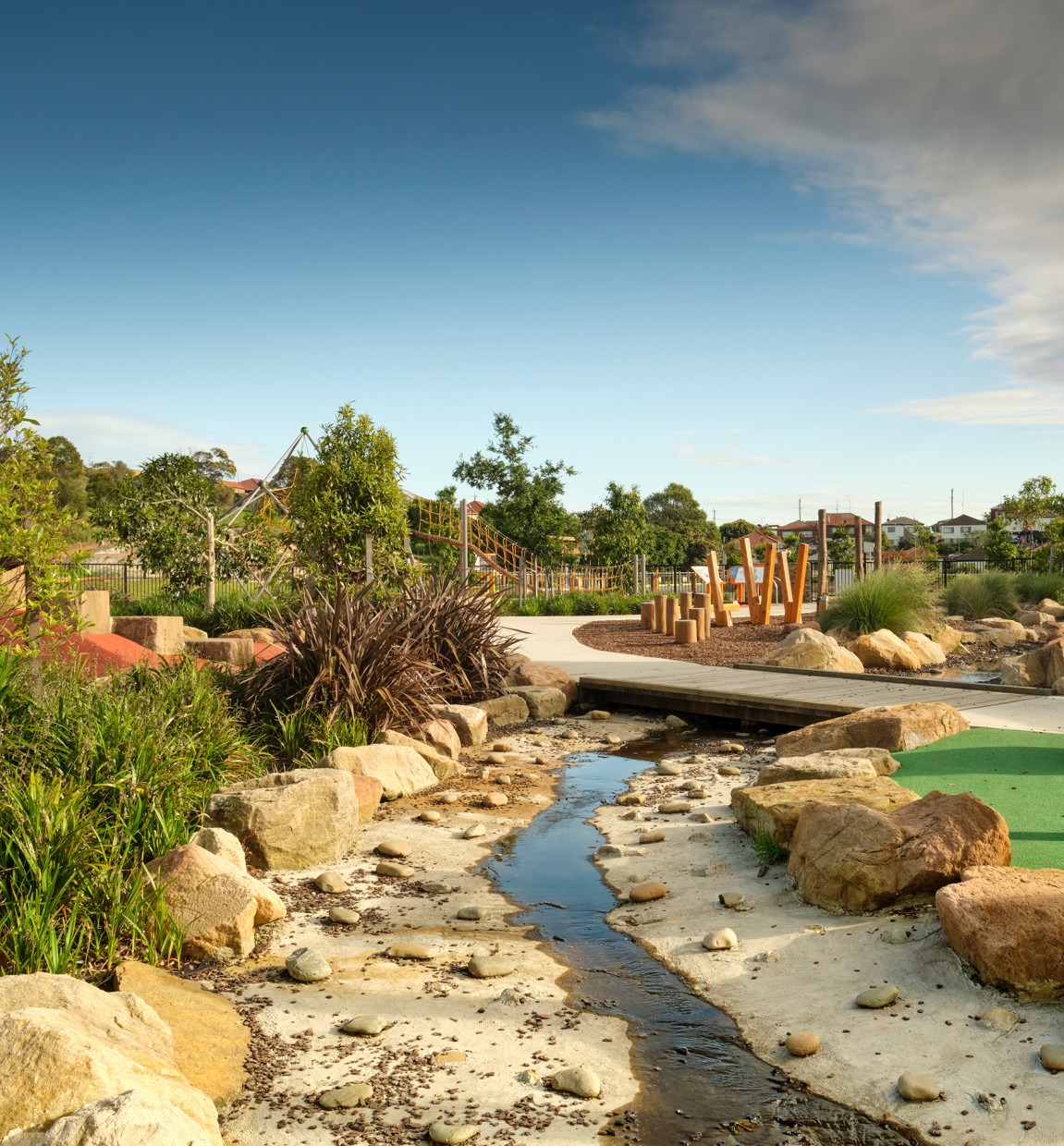
2. Combine Natural and Manufactured Elements
Natural outdoor play spaces thrive when designers mix organic materials with carefully engineered components.
Logs, rocks, and sand offer rich textures and unpredictability, while manufactured equipment ensures durability and safety. For example, combining Bushwood timber play structures with climbing ropes creates a space that looks natural but also endures decades of use.
Longevity and Sustainability
Untreated timber and loose branches may look appealing at first but break down quickly. By combining natural features with high-quality engineered products, nature playgrounds maintain their character while reducing long-term maintenance.
Aesthetics and Play Value
Natural elements such as water channels and logs spark imaginative play. Manufactured features like fish trap climbing frames or timber swings integrate smoothly into the landscape while offering consistent safety and usability.
3. Create Challenge and Risk in a Safe Way
Risk is part of childhood. Children need opportunities to climb higher, balance longer, and explore safely. Managed risk in a nature play playground teaches children how to judge their own abilities and make decisions.
Examples of Healthy Challenge
- Climbing logs and rock scrambles test coordination
- Rope bridges encourage balance and focus
- Water play areas allow experimentation with flow and movement
The Safety Balance
Risk should always be managed with protective surfacing, supervision sightlines, and equipment designed for gradual progression. Soft-fall zones such as bark mulch or sand reduce injury risk without removing the challenge.
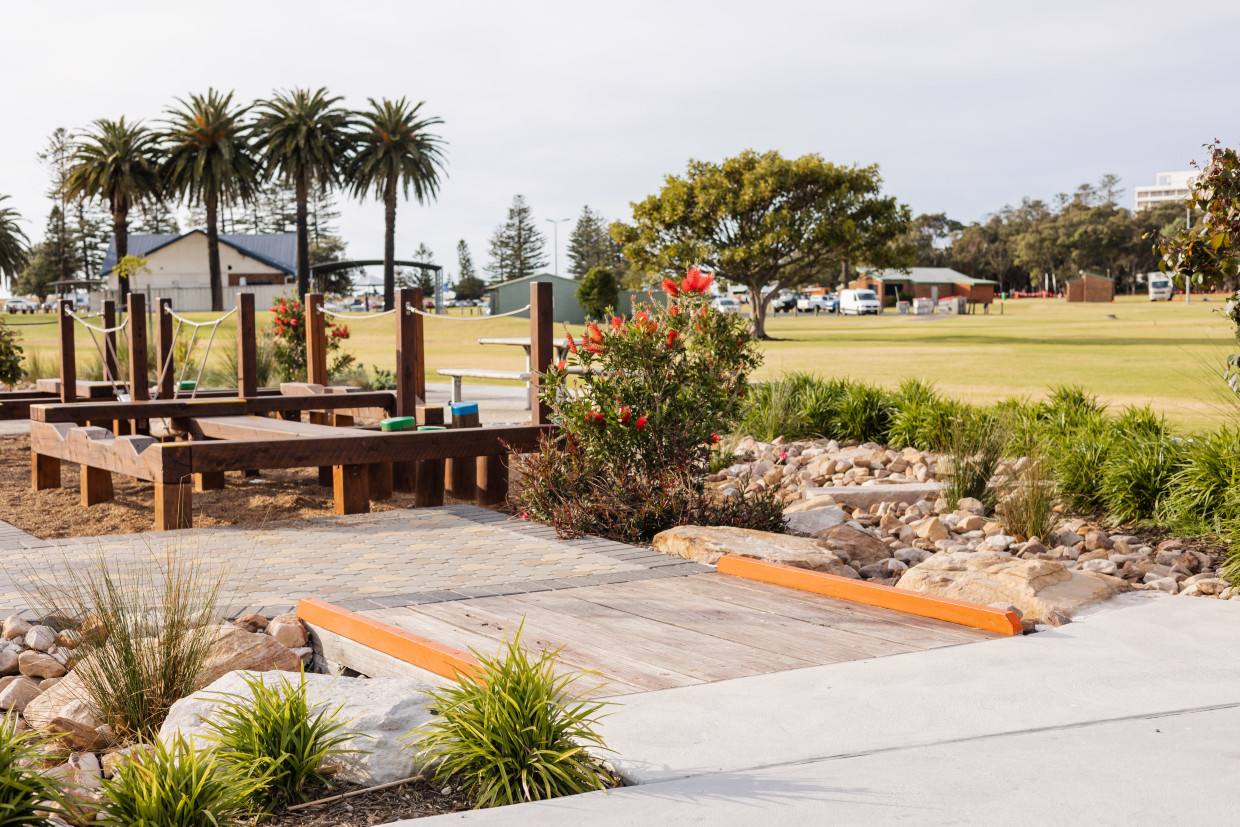
4. Plan for Variety and Flexibility
Nature playgrounds work best when they offer diverse experiences that adapt over time.
Different Types of Play
Children need active, imaginative, sensory, and social play opportunities. Loose natural materials like sticks and stones can be rotated to refresh the play experience. Seasonal plantings add novelty throughout the year.
Space That Adapts
A well-designed playground allows for future additions. For example, an open area may start as a grassy mound but later include a climbing structure or seating. Flexibility ensures the playground grows with the community’s needs.
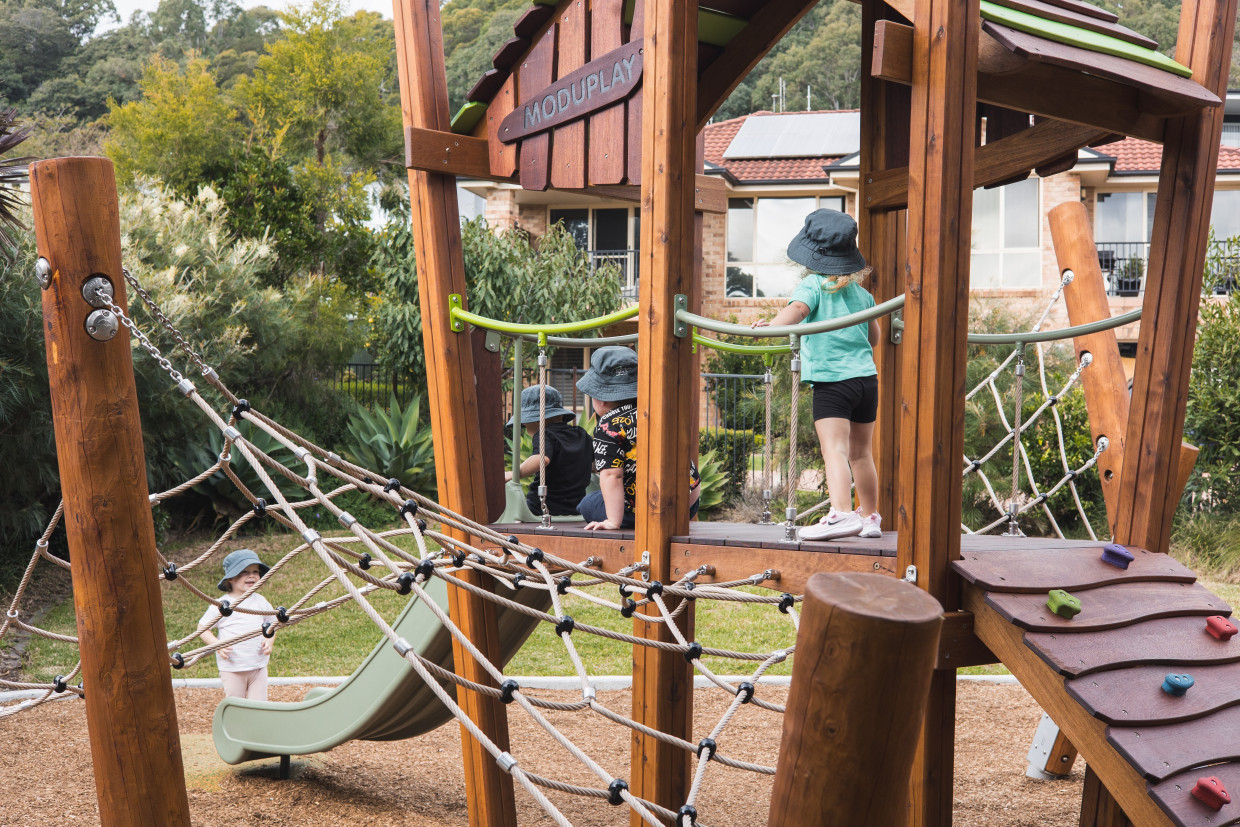
5. Ensure Accessibility and Inclusion
A nature play playground must welcome children of all abilities. Accessibility goes beyond ramps — it includes surfacing, paths, and sensory-rich play options.
Inclusive Features
- Firm pathways that accommodate wheelchairs and prams
- Sensory-rich stations with water, sand, and textures
- Ground-level features that encourage cooperative play
By connecting inclusive design with nature play, communities create environments that reflect fairness and opportunity.
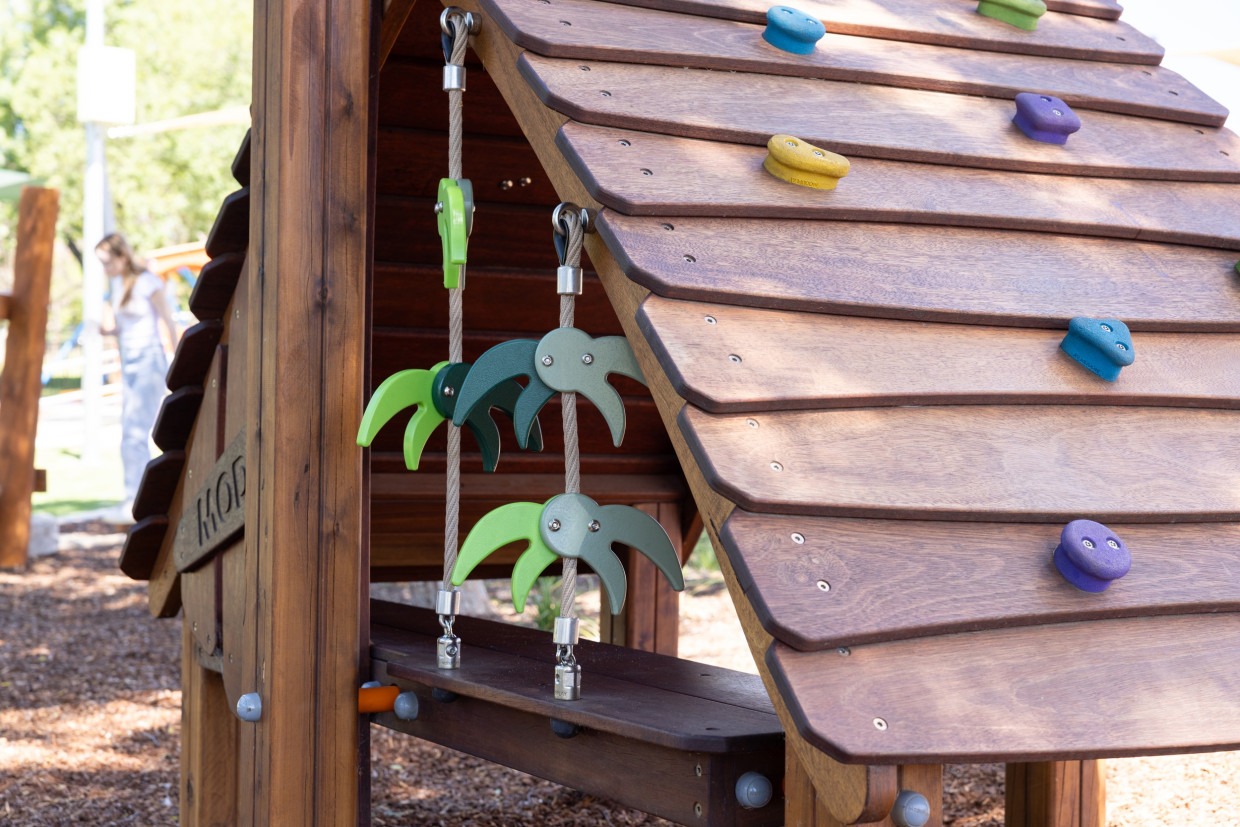
6. Commit to Maintenance and Longevity
Without a maintenance plan, even the most engaging natural outdoor play spaces lose value.
Caring for Vegetation
Trees, shrubs, and grasses form the backbone of natural outdoor play spaces. They need seasonal attention, such as mulching, pruning, and replacing plants that don’t cope with wear. Selecting hardy native species from the start reduces the workload and ensures the space continues to feel vibrant.
Surfacing and Equipment
Pathways, swings, and climbing features require periodic inspection. Wear and tear is natural, but early repair prevents hazards and preserves appeal.
Long-Term Vision
A successful playground is one that children return to for years. Planning for inspections, spare parts, and future updates ensures long-term value.
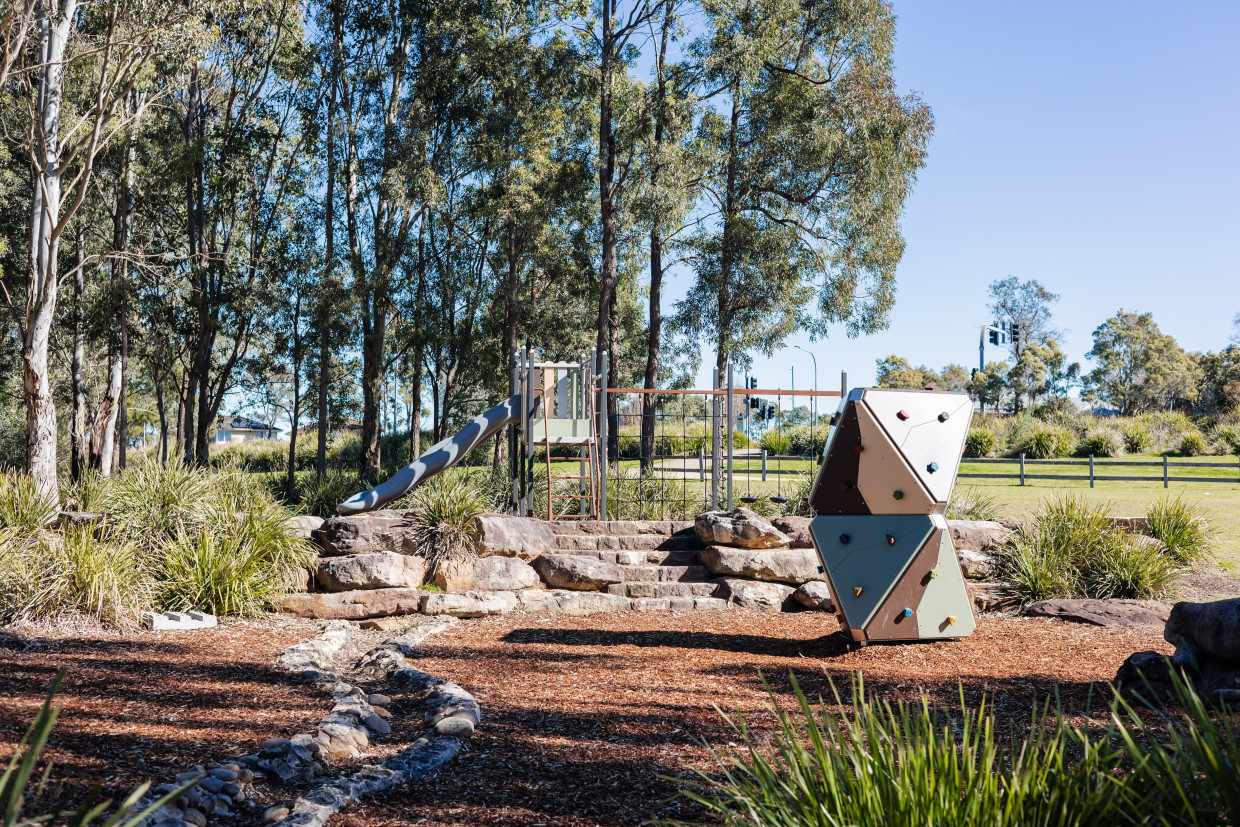
Lessons from Past Nature Play Movements
Nature play has experienced several waves of popularity over the decades. In earlier periods, many projects were created with good intentions but fell short over time. The reasons were consistent: natural materials broke down too quickly, funding was limited, and long-term maintenance was underestimated. In some cases, communities expected nature play areas to thrive without the same level of planning and upkeep as traditional playgrounds, which led to disappointment.
The current generation of nature play is different. Designers and communities now understand the importance of combining durable manufactured features with natural elements, planning for ongoing care, and involving stakeholders from the start. This renewed approach has turned nature playgrounds into sustainable community assets rather than short-term experiments.
Moduplay draws on these collective lessons to design play spaces that meet the needs of today while lasting well into the future.
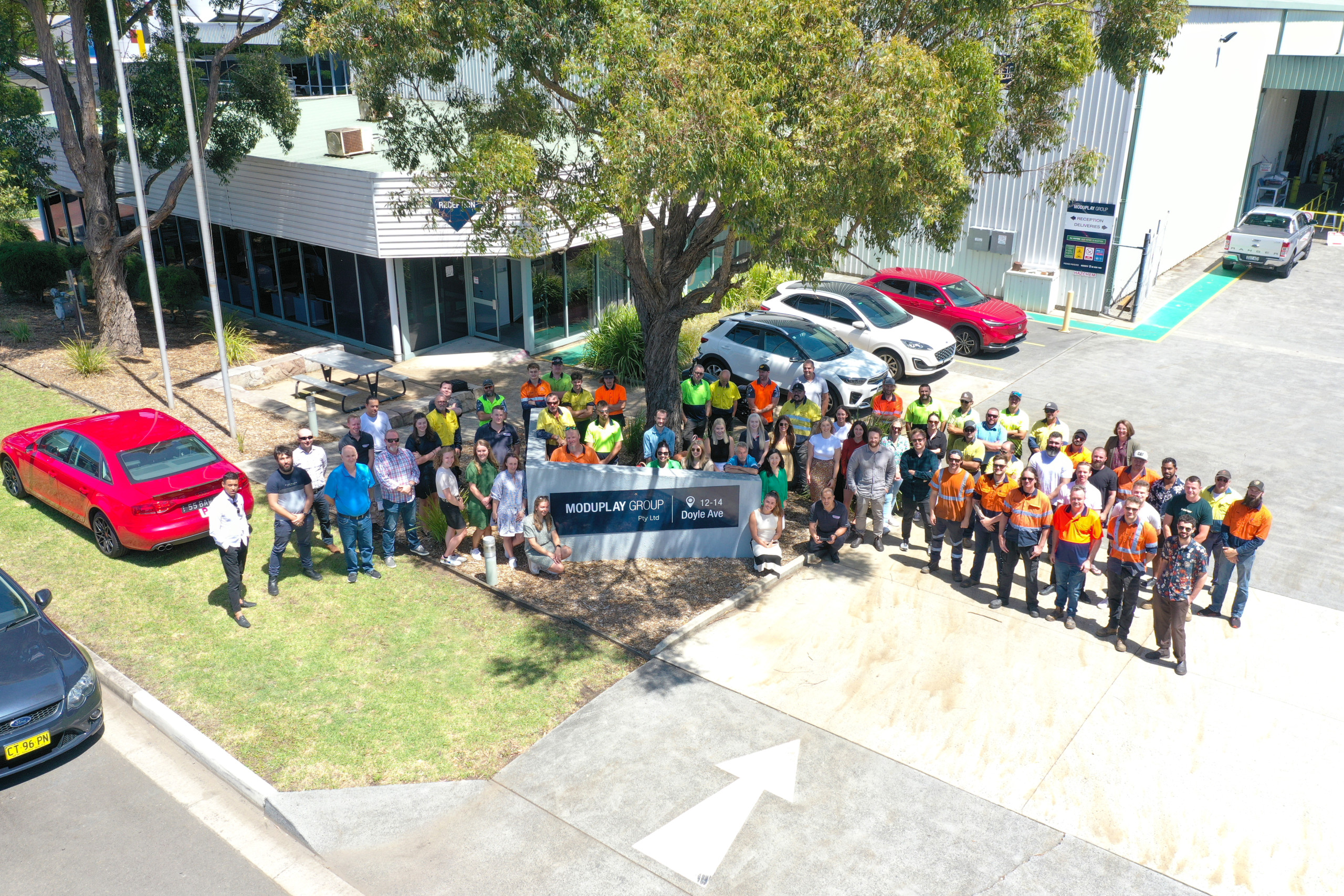
Lessons from Past Nature Play Movements
Nature play has experienced several waves of popularity over the decades. In earlier periods, many projects were created with good intentions but fell short over time. The reasons were consistent: natural materials broke down too quickly, funding was limited, and long-term maintenance was underestimated. In some cases, communities expected nature play areas to thrive without the same level of planning and upkeep as traditional playgrounds, which led to disappointment.
The current generation of nature play is different. Designers and communities now understand the importance of combining durable manufactured features with natural elements, planning for ongoing care, and involving stakeholders from the start. This renewed approach has turned nature playgrounds into sustainable community assets rather than short-term experiments.
Moduplay draws on these collective lessons to design play spaces that meet the needs of today while lasting well into the future.
Tips on Planning, Budgeting, and Community
Planning a nature play playground requires more than design insight. It involves practical steps in funding, approvals, and stakeholder involvement.
Funding Options
Councils and schools often access grants to support natural outdoor play spaces. Staging projects in phases can also spread costs over time.
Community Engagement
Workshops with parents, teachers, and local groups create stronger support. Children themselves can suggest features, helping ensure the playground reflects real needs.
Expert Guidance
Complex sites benefit from professional advice. Here at Moduplay, we provide consultation on layout, surfacing, equipment selection, and compliance.
Moduplay’s Expertise in Nature Play
Moduplay has created nature play playgrounds for schools, councils, and community groups across Australia. Our designs combine natural textures with durable manufactured features, ensuring each space remains engaging and resilient for years.
Our range includes Bushwood timber play systems, fish trap climbing frames, and timber swings, all designed to integrate seamlessly with natural settings. These products encourage active play while withstanding Australia’s varied climates.
We are a family-owned company with more than 35 years of innovation in playground design. Every product is 100% Australian-made, reflecting our commitment to local manufacturing and strong community partnerships. Safety is central to our process, with compliance to Australian standards built into every stage of design and production.
The Play Journey approach by Moduplay supports projects from the first idea through planning, design, production, and long-term care. We archive all project files, provide spare parts for at least 10 years, and work closely with stakeholders to ensure each playground reflects community needs. This combination of expertise, inclusivity, and durability has positioned Moduplay as a leader in creating nature-inspired spaces that deliver long-term value.
Bringing Nature Play to Your Community
Nature play connects children to the environment while building physical strength, emotional resilience, and social confidence. The most successful projects combine thoughtful site analysis, natural and engineered elements, safe challenge, variety, inclusion, and long-term care.
When these principles guide the process, communities gain nature playgrounds that encourage active play, attract families, and create lasting value.If you’re planning a project, contact our team of experts to request a quote. We’ll provide pricing within 24 business hours so you can move forward with confidence. For more inspiration, explore our Nature Play Brochure and discover how Moduplay can help create natural outdoor play spaces that thrive for years to come.
Keep in touch
Get design inspiration, business tips and new product alerts straight to your inbox with our Moduplay Newsletter, the Playground Press once every two months.
